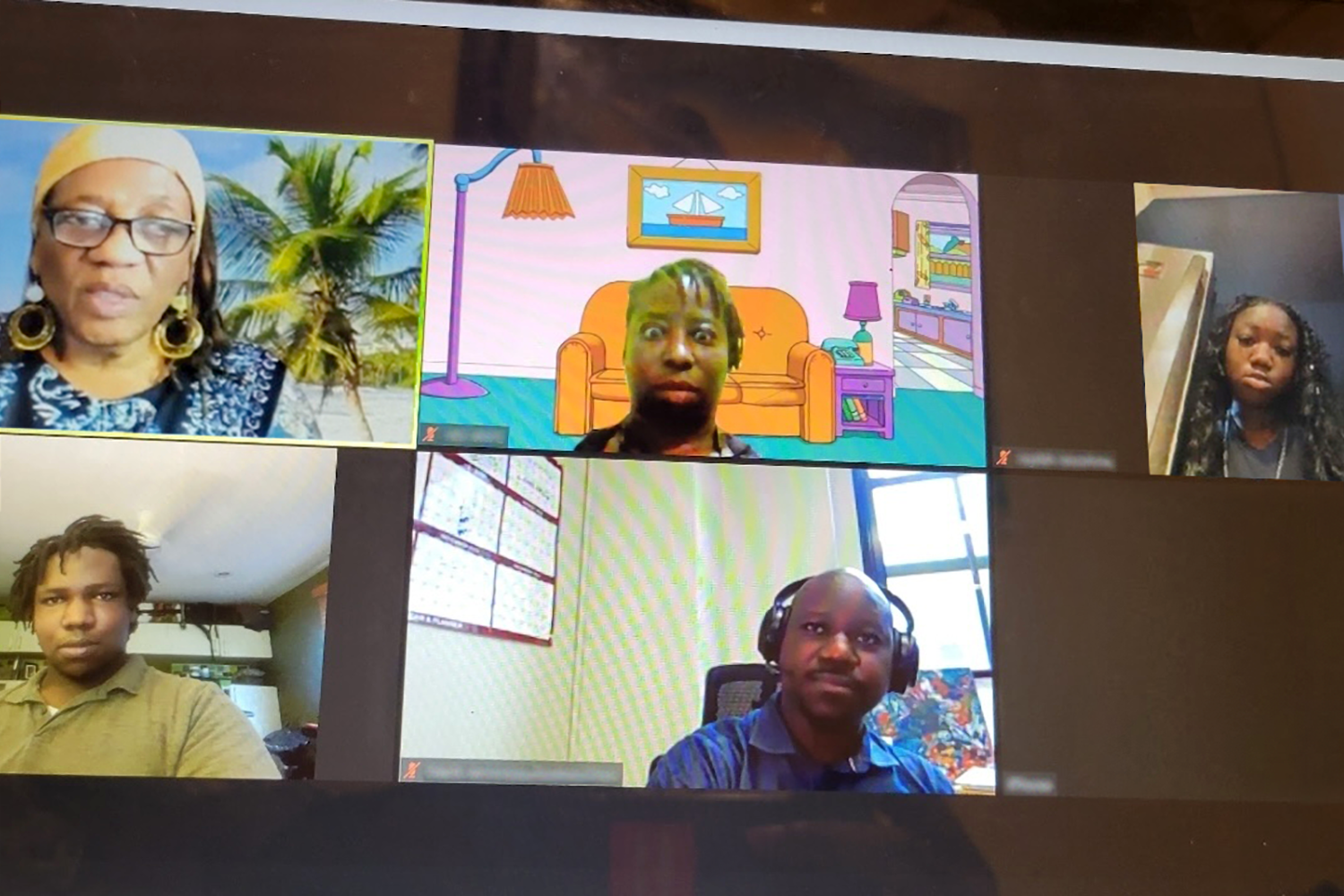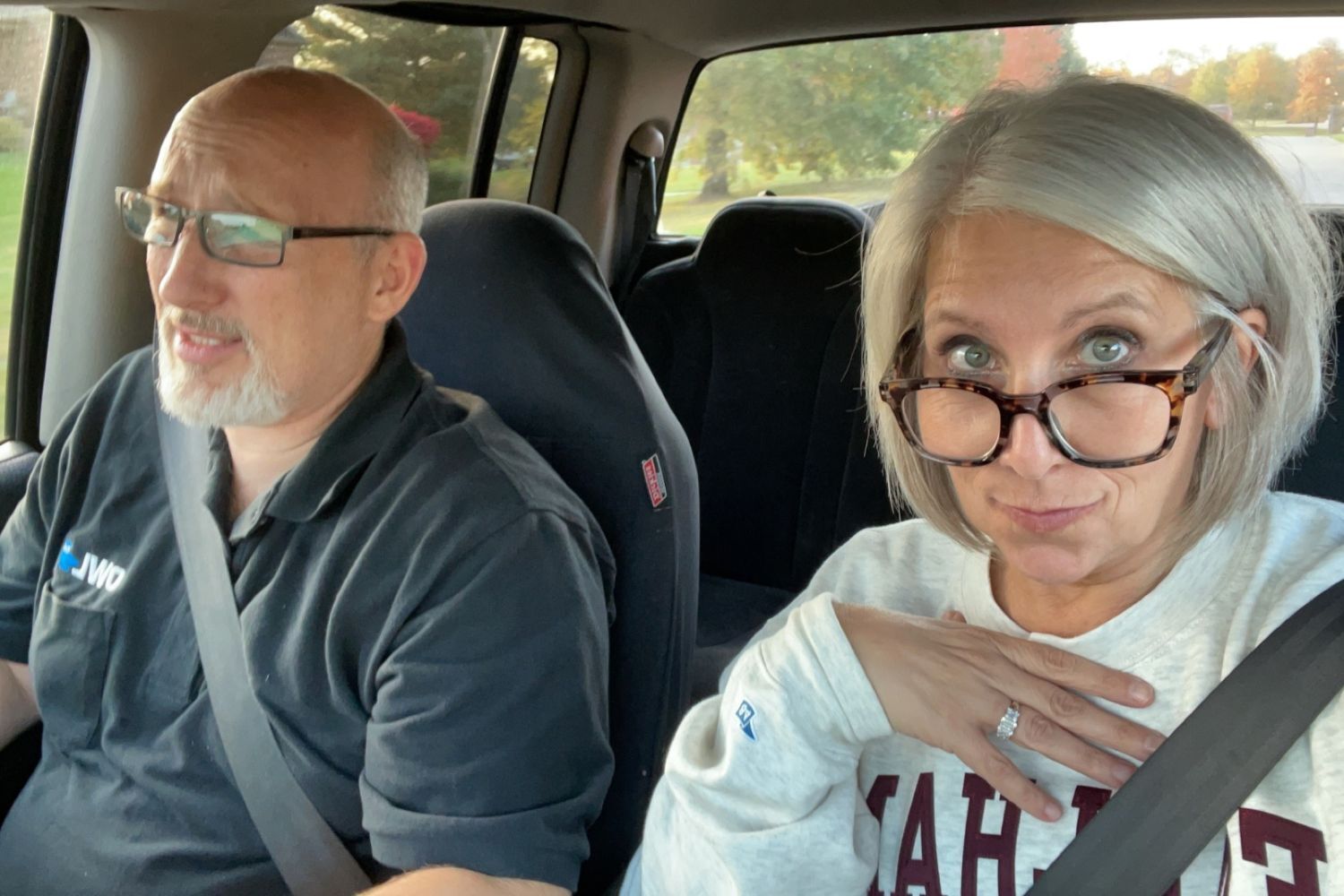
What can female founders do to secure more funding?
If you’re an entrepreneur and a woman, you’ve probably experienced the challenges of securing financial backing. Only 2% of funding in 2021 went to female founders — the lowest percentage since 2016, according to PitchBook. And, when female founders do get funding for their companies, they receive much smaller checks. The average deal for a woman founder is a little over $5 million. For a man, it’s a little under $12 million.
The impact of the global pandemic only made matters worse for female founders over the last several years. Many investors shied away from in-person networking events and therefore turned to their sometimes insular networks to find female founders to invest in their companies.
Despite these hurdles, Jenn LeBlanc, founder of Changing Tides Movement, a global nonprofit community of women founders, sees a hopeful future. In her collection of essays, Changing Tides: Powerful Strategies for Female Founders, she brings together female venture capitalists, entrepreneurs, and thought leaders to share expert guidance and resources.
In the following book excerpt, Jenn shares empowering advice on navigating funding, answering leading questions for better outcomes, and connecting with fellow female founders.
What makes the funding disparity so compelling (and puzzling) is that female-led companies are, by and large, more successful than male-dominated ones.
A growing body of evidence suggests that companies run by female founders are more likely to be profitable investments. For example, in June 2018, Boston Consulting Group released a report about the gender investment gap. Their findings are astonishing: “According to our research, when women business owners pitch their ideas to investors for early-stage capital, they receive significantly less — a disparity that averages more than $1 million — than men. Yet businesses founded by women ultimately deliver higher revenue — more than twice as much per dollar invested — than those founded by men, making women-owned companies better investments for financial backers.”
Female-led companies perform better and return more money to their investors. So why don’t women get more funding?
How female founders are questioned versus men
One possible reason is the type of questions women are asked. (Yes, you read that right.) A group of social science researchers analyzed the question and answer period following a well-known pitch competition, TechCrunch Disrupt New York City, from 2010 through 2016 to understand the female founder experience better.
According to their study, published in the Harvard Business Review, 66% of the time investors asked female founders what the researchers called “prevention-oriented” questions, which focused on safety, responsibility, security, and vigilance.
On the other hand, investors asked male founders “promotion-oriented” questions 67% of the time. These questions focused on hopes, achievement, advancement and ideals. The authors reported, “The financiers rhetorically produce stereotypical images of women as having qualities opposite to those considered important to being an entrepreneur, with VCs questioning their credibility, trustworthiness, experience, and knowledge.”

After this pitch contest, women received 25% of the funding they had requested, while men received more than half of the funding they had requested.
I thought the study’s findings around question types were particularly interesting. For every prevention-oriented question, founders raised $3.8 million less in funding — a sobering stat. And this was after the researchers corrected for every other possible variable, including the age of the company, the experience of the founder, and the like. The only difference was the type of question asked. Since women received more prevention-type questions, it follows that they raised less money than their male counterparts.
But there are ways around prevention-oriented questions. It is human nature to answer a question in a similar manner to the way the question is asked. This means that founders tend to give promotion-oriented answers to promotion-oriented questions, and to give prevention-oriented answers to prevention-oriented questions. However, some founders did not respond to the prevention questions in kind. They turned the answers around to make them promotion-oriented.
Founders who gave mostly promotion-oriented answers to prevention-oriented questions raised an average of $7.9 million in total funding, compared to those who responded more typically to prevention-oriented questions with prevention-oriented answers. They raised an average of just $563,000. That translates to a more than 14x increase in funding simply by turning the questions around. That’s an astounding finding and an empowering piece of data.
Here’s an example of how this might work in practice. Let’s say an investor asks you, “So, how are you going to protect your market share in a crowded space?” You can answer, “That’s a good question and it’s important to be concerned with market share. However, our focus is primarily on growing our market share. Let me tell you about the three ways we plan to do that.” And then you can talk about plans and aspirations and other performance-oriented topics.
A prevention-oriented question respectfully converted into a promotion-oriented answer will gain you, on average, 14 times more funding. Knowledge is power.
Female founders are succeeding despite the odds
That skill in turning around negative questions may be part of the reason that, despite the odds stacked against them, many female founders are succeeding, and even running multi-million- and multi-billion-dollar startups.
For example, Adi Tatarko leads Houzz, a home-remodeling marketplace company valued at over $4 billion. TaskRabbit, a marketplace for personal-support services led by Stacy Philpot-Brown, was valued at $38 million just before its sale to IKEA. Katrina Lake leads StitchFix, a subscription clothing business valued at over $10 billion. The herd of female-founded unicorns — or, small companies that reached a valuation of $1 billion or more — quadrupled in 2021. The tides are changing.

Things are getting better
Fortunately, there have been some important positive changes. There are now numerous initiatives across the VC and founder communities to ensure that there is better representation in the female VC community and that female founders will receive better support and mentorship. For example, in her 2018 book Brotopia: Breaking Up the Boys’ Club of Silicon Valley, Emily Chang opened the conversation about toxic masculinity and its impact on all of us.
To widen the scope of investing relationships, in honor of International Women’s Day in 2018, investment platform Alpha Edison issued a challenge to all VCs: Meet with eight women in March whom you haven’t met with before. The idea was that funding is a relationship business and you will not fund someone you don’t know. So, widen your circle. Many VCs firms pledged to do exactly that. I encourage every VC and angel investor I meet with to continue with this type of outreach. It’s not a lot, but every change begins with a crack in the rock.
The year prior, in 2017, 34 senior female VCs founded All Raise with the goal of turning around the funding and representation numbers for female founders and funders. They are focused on gathering data around how much money is flowing to female founders and also how many female investors there are in a position to sign checks. Understanding our current state is the first step to understanding how to improve the metrics around how to get more money into the hands of female founders. All Raise has formalized cells of activity including Female Founders Office Hours, a program to introduce more female founders to VCs across the US, and #FoundersforChange, a group of founders who refuse to take money from VCs who refuse to be inclusive. And, more and more places are emerging to support investors who openly and expressly support female founders. In turn, we can bring more ideas, products, services, and companies conceived and built by women into the world. These resources include:
Resources for female founders
• Google Launchpad Female Founders Summit
• Female Founders Community on Facebook
• Female Founders Unite on Facebook
• Fortune’s list of the top 100 VC firms with females and percentages, including the growth in new firms led by women and in the corporate venture arena
• Watermark (San Francisco Bay Area)
• UPWARD chapters across the U.S.
• Lean In Circles
• And more
Where do we go from here?
The first step to making a change is to understand the problem. The second step is to examine ways the problem can be solved, or at least mediated. That’s where Changing Tides comes in. I knew this book had to happen, and I asked every female VC, every female founder, and every ecosystem partner I knew to be a part of it.
This book represents a spectrum of important voices as female founders change the tides in our industry. I wanted to bring together these points of light that were happening in isolation and throw a big spotlight on these voices. In this book, you’ll find lots of personal stories, statistics, and practical and tactical tips that female founders can use to ensure smooth (or at least smoother) sailing when looking for funding for the next generation of companies.
To read more of Changing Tides by Jennifer S. LeBlanc, pick up the book on Amazon, Bookshop.org, or your favorite local bookseller. Changing Tides Movement is also having a Holiday 2022 Fundraiser called “Get the Game.” Donate $100 (or more) and receive a free copy of the Changing Tides Board Game for female founders and entrepreneurs shipped right to you (or have it sent to a friend!). Changing Tides Movement is a fiscally sponsored project of Jumpstart Labs.





